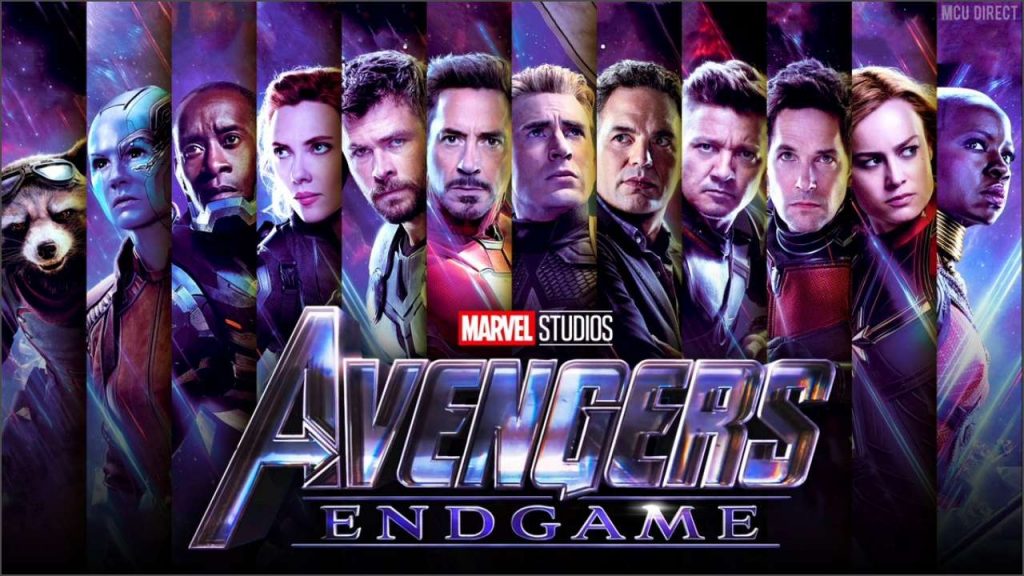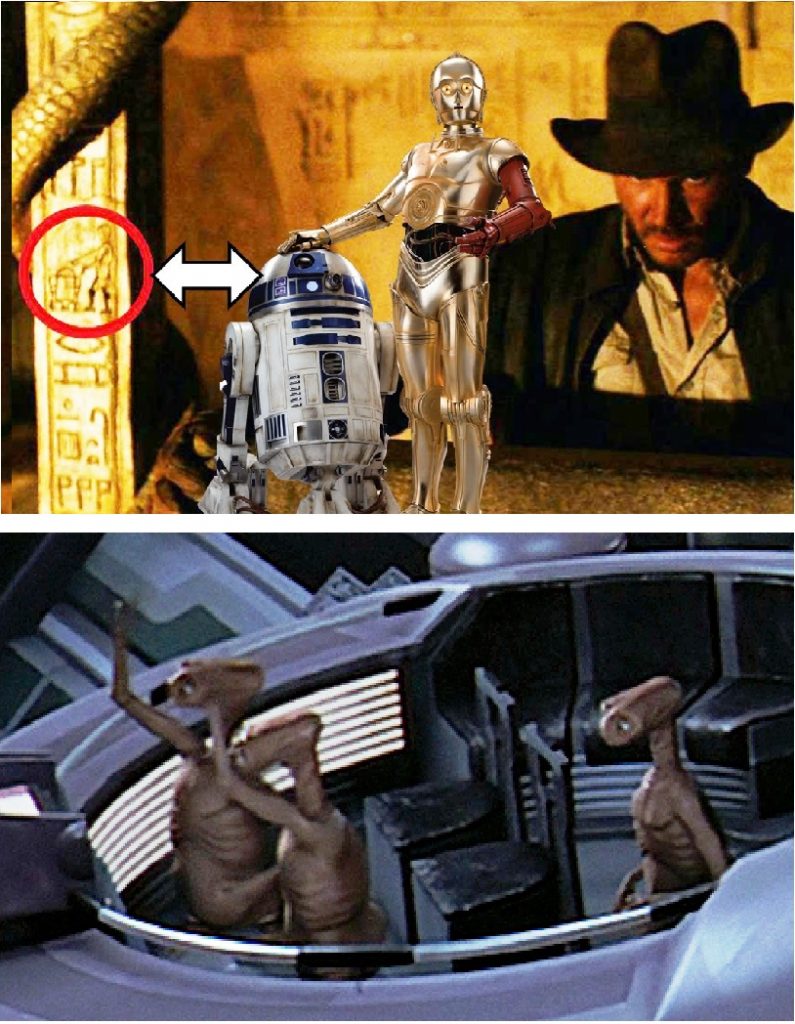
So you are sitting in the cinema, munching on a big tub of popcorn and watching the latest blockbuster. We are guessing visual cognition is not much in your thoughts right now. But it is busy working its magic, nonetheless…
Take the 2019 smash hit superhero movie, Avengers: Endgame, the second highest-grossing movie of all time with worldwide box
office takings of $2.8BILLION. Marvel Studios, who made the movie, revealed last year that they had planted Easter eggs – brief, fleeting features embedded in movies and video games and likely to be spotted by only the most diehard Marvel fan – in amongst the action.

The idea of Easter eggs in movies and video games is not new. There are
several classic examples, ranging from fleeting appearances by Alfred
Hitchcock in most of his movies to
various subtle nods towards other films. For example, in director Steven Spielberg’s Raiders of the Lost Ark (1981), when Indiana Jones finds the Ark of the Covenant in an ancient subterranean chamber, one of the hieroglyphs on the stone behind him shows R2D2, and C3PO from Star Wars (1977). Star Wars creator George Lucas repaid the favour to Spielberg by including a load of E.T.’s (from another Spielberg monster hit) in the Star Wars episode The
Phantom Menace (1982), as “Galactic
Senate delegates”.
However, it seems most cinemagoers fail to spot these little ‘in-jokes’. So why is that? Well, the answer lies in visual cognitive psychology, proving how much cog is a part of almost everything in our daily lives, even our favourite movies…
- Remember that we only have a limited amount of cognitive resources available and when these are all being used up focusing on the main relevant features of a film there are not enough left over for spotting “less relevant” Easter eggs that are unlikely to help us follow the plotline. This links to the concept of “Inattentional Blindness” – we may not spot something right in front of us if it does not fit with what we are searching for. So the constraints of our processing system will prevent us from attending to and seeing things if they lack direct relevance.
- Easter eggs are usually only spotted by fans. Depending on your viewpoint of how to
define a “fan” this could incorporate someone who knows a lot about the Marvel Cinematic Universe (in this case), has watched the films a number of times, and reads about the films before and after they are released. Having this level of ‘expertise’ can help with spotting Easter eggs in two important ways. First, the more experienced we are with something the less attention we need to devote to it to understand it, and the more resources we have to use elsewhere (i.e. in the search for Easter eggs). So, if you have watched Endgame five times already you probably know the plot so don’t need to work so hard to follow it and therefore have a better chance of spotting something you didn’t see previously. Secondly, fans may have the motivation to search for Easter eggs so they devote more attention looking out for them, consciously aware that they may appear (this links to the concept of “top-down” attention). The average watcher is unlikely to know they exist so wouldn’t look for them anyway. This shows that attention can be influenced by expertise and motivation. - The entertainment website DigitalSpy states that “Considering Marvel fans are usually quick to spot this kind of stuff, it’s shocking that it’s taken them so long to clock this one”. Okay, but why when fans arguably have more ‘experience’ and ‘motivation’ to spot Easter eggs? This takes us back to the issue of processing capacity. If you have seen Endgame you will know that it is a long film, at over 180 minutes long. Studies show that we can sustain our attention on a particular task for around 20 minutes before we start to switch off (that’s why long films like this need to include lots of exciting action sequences every so
often to capture our attention again!). However, in addition to the length of the film, Endgame is quite emotional as it marks the culmination of several stories for several long-standing characters. There was a huge build-up to the release and fans were obviously
excited and arguably quite anxious. Emotions have an effect on our attention and in
particular anxiety narrows attention. In terms of watching Endgame, anxiety would cause a fan to focus on the character arcs and the plotline as their attention narrows, preventing them from seeing Easter eggs until a second or third viewing, when they are feeling less emotional. Proof that emotions affect our attention, even when watching a great film!
Want to spot Easter eggs in films? Using knowledge of cognition we would suggest:
- Make sure you have your full focus on the film (don’t allocate your limited information processes resources to other things – such as the sound of the person next to you
munching on popcorn!). - Do the groundwork to improve your top-down processing – you need to increase your
expertise about the film and the characters so that you understand the plot more
effectively and can therefore devote attention to little extras. - Regardless of how invested you are in the future of Iron Man Tony Stark, try to keep a lid on your emotions so that they do not limit your attention.

